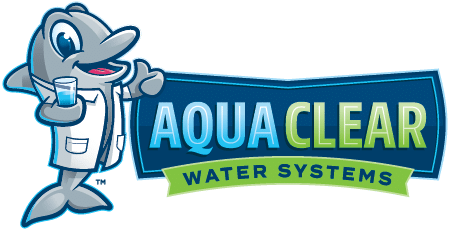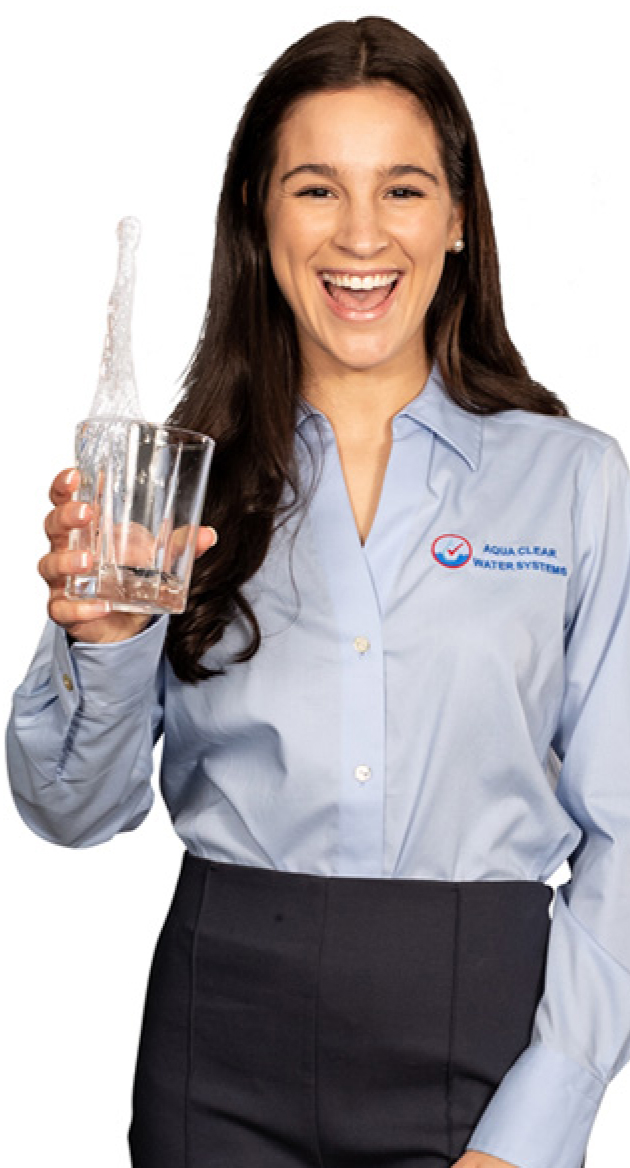Chlorine is the most commonly used chemical for disinfection of municipal and community water supplies in the United States, which is required by Federal EPA water quality regulations.
Most residents in the East Tennessee area get their source water from rivers, lakes, and streams. Primarily being the Tennessee River, which is heavily chlorinated during the treatment process.
Although the use of chlorine for disinfection has yielded incredible reductions in the risk associated with water-borne bacteria and disease, undoubtedly saving many lives, it is not without its own set of problems.
Risks of Chlorine
- Chlorine (Cl2) is a poison gas
- Terrible chlorine smell
- Bad swimming pool taste
- Dries out skin after taking shower or washing hands
- Bleaches out hair color after long hot showers
- Ruins rubber seals in your toilets, faucets, and fixtures
- Reacts with natural organics to form Disinfection By-Products (DBPs)
- DBPs are absorbed through skin into the bloodstream
- High concentrations lead to EPA violations
The concentration of chlorine is minicipal water supplies on any given day varies substantially. The range is from less than 0.1 part per million to greater the 2.0 parts per million, which can exceed levels found in swimming pools.
The use of chlorine to protect your water is similar to the plastic wrapper that covers bread in the grocery store. The bag is useful for protecting the bread, just like the chlorine protects your water, but you wouldn’t eat the wrapper with the bread. You will naturally discard it. This is exactly what should be done with the chlorine before it enters your home.
Probably the most significant dangers of chlorine are related to the disinfection by-products called trihalomethanes (THMs). These compounds are formed when free chlorine in the water reacts with naturally occurring organic material in the water. Natural organics are common in surface reservoirs (like lakes/rivers/streams) and in wells. Trihalomethanes are comprised of four major compounds, listed below:
- Chloroform (CHCl3)
- Bromodichloromethane (CHBrCl2)
- Dibromochloromethane (CHClBr2)
- Bromoform (CHBr2)
THM’s are a public health concern because of their strong link too cancers. There have been numerous studies linking THM concentrations to serious reproductive health problems such as spontaneous abortion, birth defects, low birth weight, and intrauterine growth retardation. The EPA sets a limit of 80 parts per billion of Total Trihalomethanes (TTHMs) in drinking water.
Many studies have shown that DBPs are rapidly absorbed through your skin directly into your bloodstream without being metabolized by the body, sometimes up to 10x faster.
To minimize the levels of THMs, many communicaties use alternative disinfecting chemicals known as chloramines. Chloramines are compounds formed by mixing chlorine and ammonia. The common chloramines are shown below:
- monochloramine (NH2Cl)
- dichloramine (NHCl2)
- nitrogen trichloride (NCl3)
These compounds tend to be more stable than chlorine, remaining in the water for a longer period, and do not form THMs as quickly as chlorine. The use of chloramines is usually done in combination with chlorine and in many instances both types of chlorine are present in the water. While the use of chloramines may reduce THM formation, the health effects of the chlorine-ammonia mixtures are yet unknown.
In addition, chloramines have been linked to serious dezincification reactions in some brass plumbing systems, especially where hot water recirculation systems are used. The dezincification process is where zinc is selectively leached out of the brass alloy of plumbing fittings leading to corrosion, loss of metal integrity, and leaks. This ultimately leads to fitting failure.
Treatment for Chlorine & Chloramines
The best way to reduce these chemicals and their byproducts is by using granulated activated carbon (GAC). Besides chlorine compounds, GAC also significantly reduces THMs and a range of other volatile-organics (VOCs) that are toxic or can lead to foul tasting or smelling water.
Activated carbon is available from a variety of sources, including bituminous coal and coconut shells and comes as a loose granulated media. GAC filter beds are used to remove a wide range of chemicals at the whole house water filtration level. For chloramine removal, a special type of GAC, called Catalytic GAC is recommend. Catalytic carbon is much more effective at reducing chloramines from the water supply.
At Aqua Clear Water Systems, we pride ourselves on providing the highest quality water filtration installation in all of Tennessee. We also offer in home water systems, water cleaning system for homes as well as lime water filter system installation for businesses.
We carry a wide range of backwashing and static tank dechlorination systems that we design based on your water chemistry, plumbing specifications, and water useage. Give us a call or fill out a form below to learn more.







